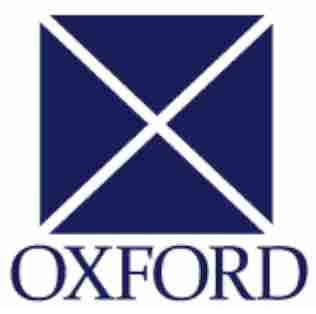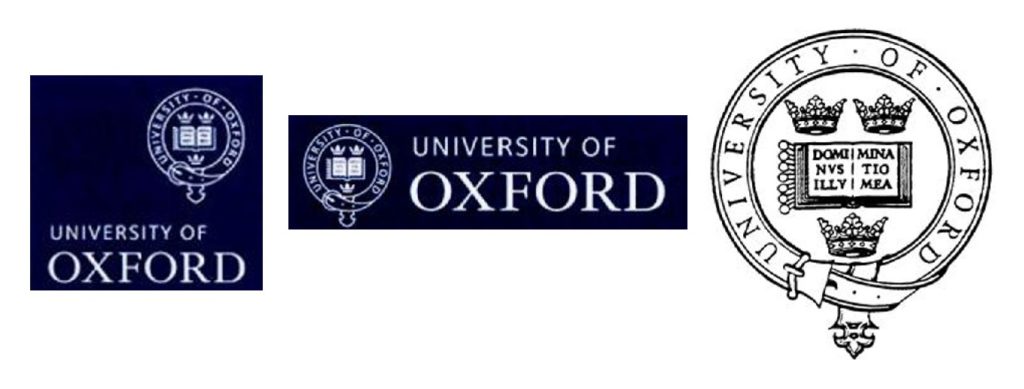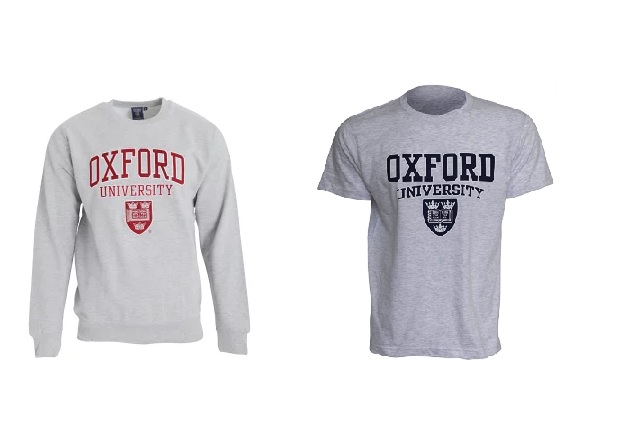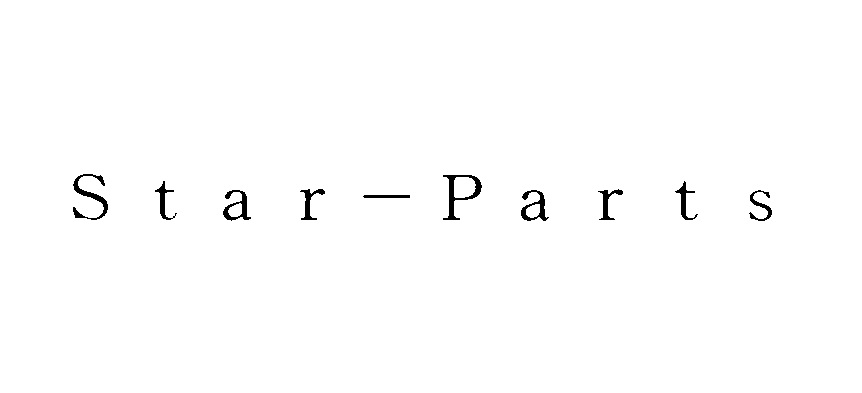On December 23, 2020, the Japan IP High Court affirmed a decision of the Japan Patent Office (JPO) finding that the “AZURE” mark is similar to senior trademark registration no. 5454302 for word mark “AZULE” in connection with medical services of class 44.
[Judicial case no. Reiwa 2(Gyo-ke)10086]
AZURE
A disputed mark is a wordmark “AZURE” in standard character. The mark filed by Willfarm Co., Ltd., a Japanese merchant on November 22, 2017, over cosmetics (cl. 3), pharmaceutical preparations, dietary supplements (cl. 5), retail or wholesale services for these goods (cl. 35), beauty salon, massage, providing medical information, health clinic services, rental of medical equipment, nutritional and dietetic consultancy, nursing home services (cl. 44). [TM application no. 2017-153742]
JPO decision
Initially, the JPO examiner refused the mark in contravention of Article 4(1)(xi) of the Trademark Law by citing senior trademark registration no. 5454302 for word mark “AZULE” written in standard character. Among other things, the designated service of ‘providing medical information, health clinic services, rental of medical equipment’ in class 44 is deemed identical with that of the citation.
Article 4(1)(xi) is a provision to prohibit registering a junior mark that is identical with, or similar to, any senior registered mark.
There is a criterion that the examiner is checking when assessing the similarity between the marks:
- visual similarity
- aural similarity
- conceptual similarity
and taking into account all these three aspects examiner makes a decision if a mark is similar (at least to some extent) to the earlier mark and if there is a likelihood of confusion for the consumers.
The applicant sought to file an appeal against the examiner’s rejection and argued dissimilarity of both marks, however, the Appeal Board upheld the rejection for the same reason on June 8, 2020. [Appeal case no. 2020-1707]
To contest the administrative decision, the applicant filed a lawsuit to the IP Hight Court on July 21, 2020.
IP High Court ruling
In the lawsuit, the plaintiff argued the Board inappropriately found the “AZURE” mark would give rise to pronunciations of ‘æʒə’ and ‘a-zhə-reˈ, but it is precisely pronounced as ‘æʒə’ or ‘a-jü(ə)l’. Besides, the Board erroneously held “AZURE” is similar to “AZULE” in appearance. By virtue of the difference in the fourth letter “R” and “L”, relevant consumers of the medical services in question would easily distinguish them. If so, by taking account of slight conceptual association between the marks, the “AZURE” mark shall be considered dissimilar to “AZULE” from visual, aural, and conceptual points of view.
The Court upheld the Board decision by stating that relevant consumers at the sight of the disputed mark would pronounce the term “AZURE” as ‘æʒə’ or ‘a-zhə-reˈ since it is not a familiar foreign word among the general public in Japan. The cited mark “AZULE” also gives rise to a pronunciation of ‘a-zhə-leˈ. Therefore, both pronunciations are confusingly similar.
As for appearance, the court denied the plaintiff’s argument on the ground that the medical services in question are consumed not only by health care workers but also by the general public. As long as both terms are unfamiliar to the relevant consumers, a mere difference of one letter would be anything but sufficient for them to distinguish both marks.
Based on the foregoing, the Court dismissed the allegations entirely and ruled to reject the “AZURE” mark in contravention of Article 4(1)(xi).
To read a full text of the IP High Court decision (Japanese only), click here.





